Description
Flow measurement is the quantification of bulk fluid movement. Flow can be measured in a variety of ways. Positive-displacement flow meters accumulate a fixed volume of fluid and then count the number of times the volume is filled to measure flow. Other flow measurement methods rely on forces produced by the flowing stream as it overcomes a known constriction, to indirectly calculate flow. Flow may be measured by measuring the velocity of fluid over a known area.
Related Products
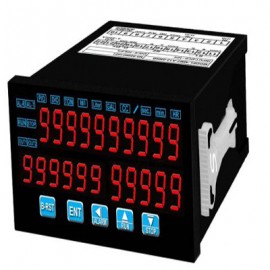
Batch Controller & Totalizer
Batch Controller & Totalizer is a fully programmable high speed batch controller specifically designed to operate with common pulse producing flowmeters such as positive displacement, turbine, mass, vortex or magnetic style.The instrument displays batch value, batch progress & cumulative total in engineering units as programmed by the user, it also logs the total number
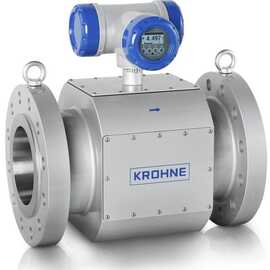
Ultrasonic Flow Meter
An ultrasonic flow meter is a type of flow meter that measures the velocity of a fluid with ultrasound to calculate volume flow. Using ultrasonic transducers, the flow meter can measure the average velocity along the path of an emitted beam of ultrasound, by averaging the difference in measured transit time between the pulses of ultrasound propagating into and against the direction of the
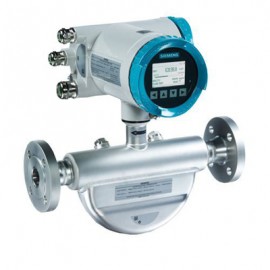
Mass Flow Meter
A mass flow meter, also known as an inertial flow meter is a device that measures mass flow rate of a fluid traveling through a tube. The mass flow rate is the mass of the fluid traveling past a fixed point per unit time. The mass flow meter does not measure the volume per unit time (e.g., cubic meters per second) passing through the

Vortex Flow Meter
Another method of flow measurement involves placing a bluff body (called a shedder bar) in the path of the fluid. As the fluid passes this bar, disturbances in the flow called vortices are created. The vortices trail behind the cylinder, alternatively from each side of the bluff body.
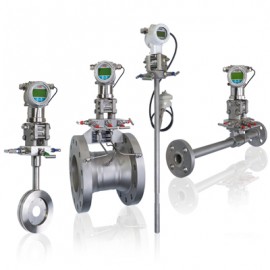
Orifice Type Flow Meter
Orifice plates are still the most widely used type of flowmeter in the world today. They offer significant cost benefits over other types of flowmeter, especially in larger line sizes, and have proved to be rugged, effective and reliable over many years.
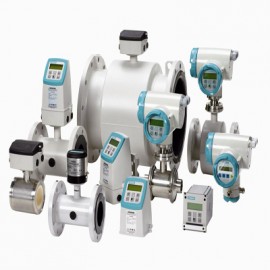
Magnetic Flow Meter
Magnetic flowmeters use Faraday’s Law of Electromagnetic Induction to determine the flow of liquid in a pipe. In a magnetic flowmeter, a magnetic field is generated and channeled into the liquid flowing through the pipe.

 Lahore
Lahore